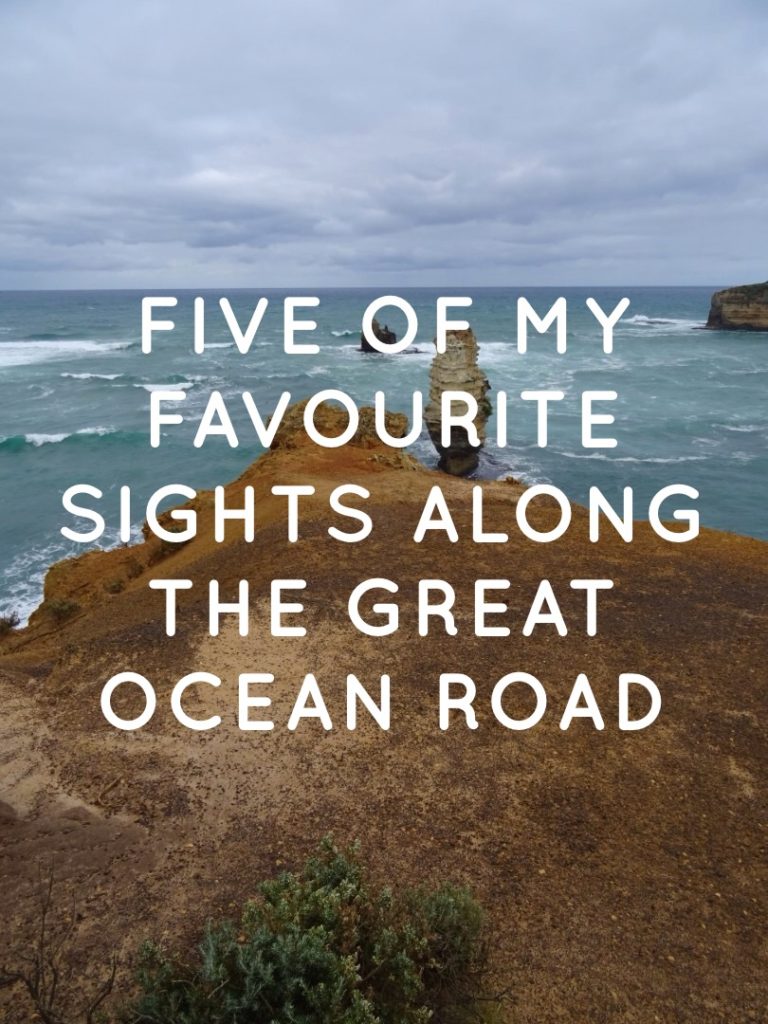
Australia has thousands of kilometres of coastline: white sand beaches, rugged cliffs worn away by years of erosion, and rocky outcrops to which we love to give blatantly obvious names. While the entire coastline of Australia makes for spectacular scenery while driving, the Great Ocean Road holds a special place as one of Australia’s most loved road trips.
The Great Ocean Road runs along a stretch of the Victorian coastline from Allansford to Torquay. While it can be done as part of a day trip from Melbourne, or as an interstate drive from Adelaide to Melbourne, to be able to fully experience all of the sights along the way, you will need at least two days, if not longer.
We drove the Great Ocean Road from Warnambool to Apollo Bay, before turning inland to continue on to Melbourne. Here are some of my favourite sights along the Great Ocean Road:
The Bay of Islands
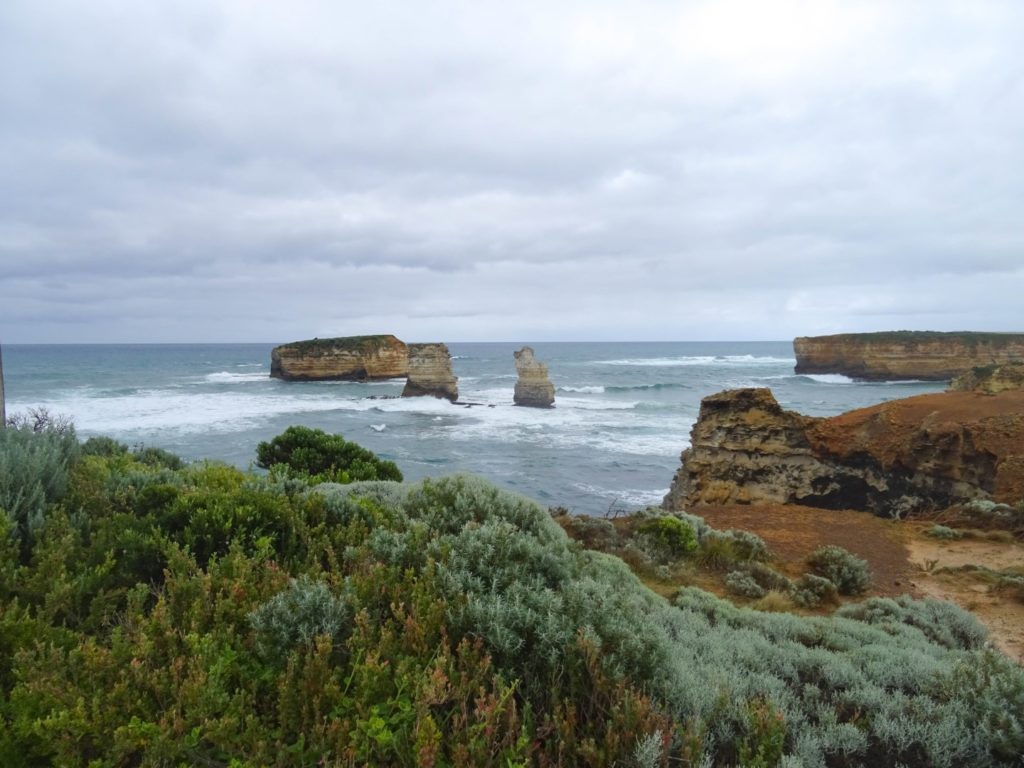
Starting our journey along the Great Ocean Road from Warnambool, our first stop was at the Bay of Islands, a pretty introduction to the rocky outcrops, sheer cliffs and surging ocean that is characteristic of much of the coastline along the route.
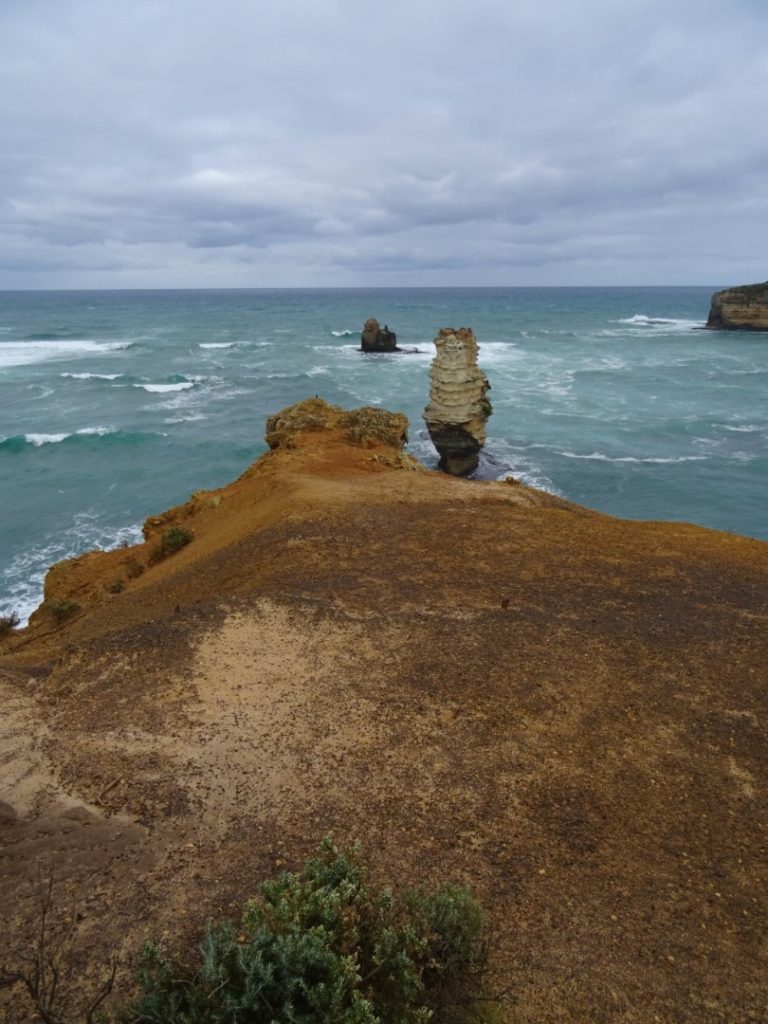
There are several lookouts along the bay where you can gaze out over the ocean, and marvel at the strength of wind and water to create the landscape in front of you. I recommend starting the Great Ocean Road from this side of it – the further east you go along the Great Ocean Road, the more spectacular the views along the coast become.
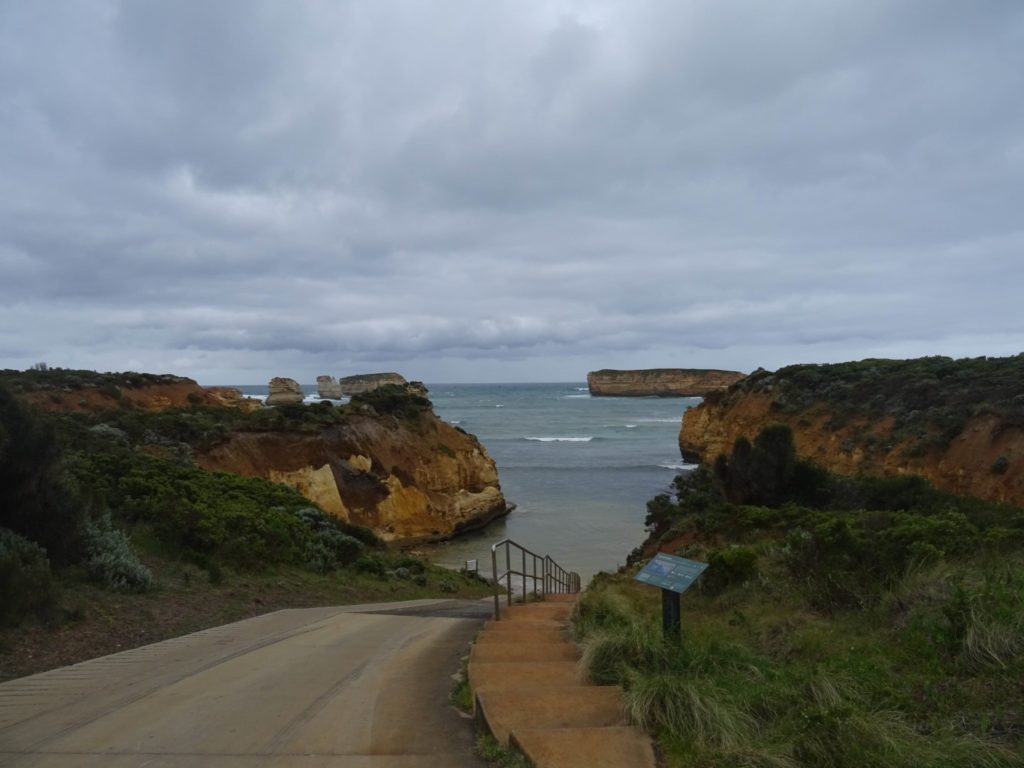
The Grotto
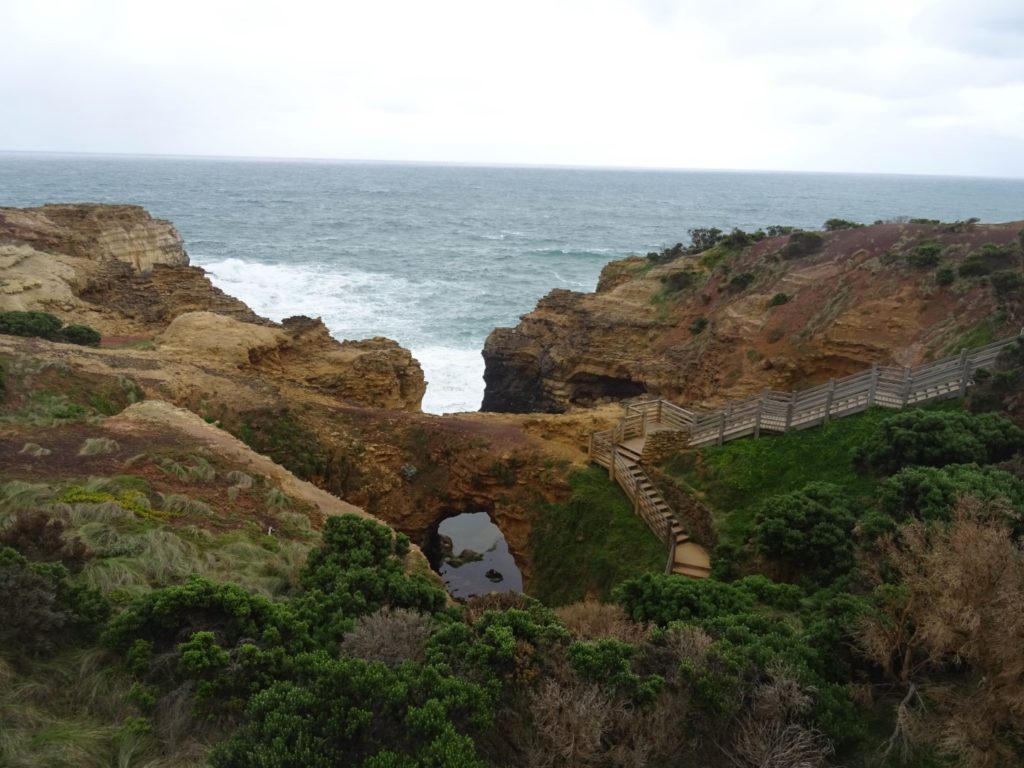
Whether you look at it from the lookout above, or journey down the steps to the viewing area at the bottom of the cliffs, there’s always something fun about looking through the Grotto, a natural frame through which you can look through out to the sea and the rocky cliffs beyond.
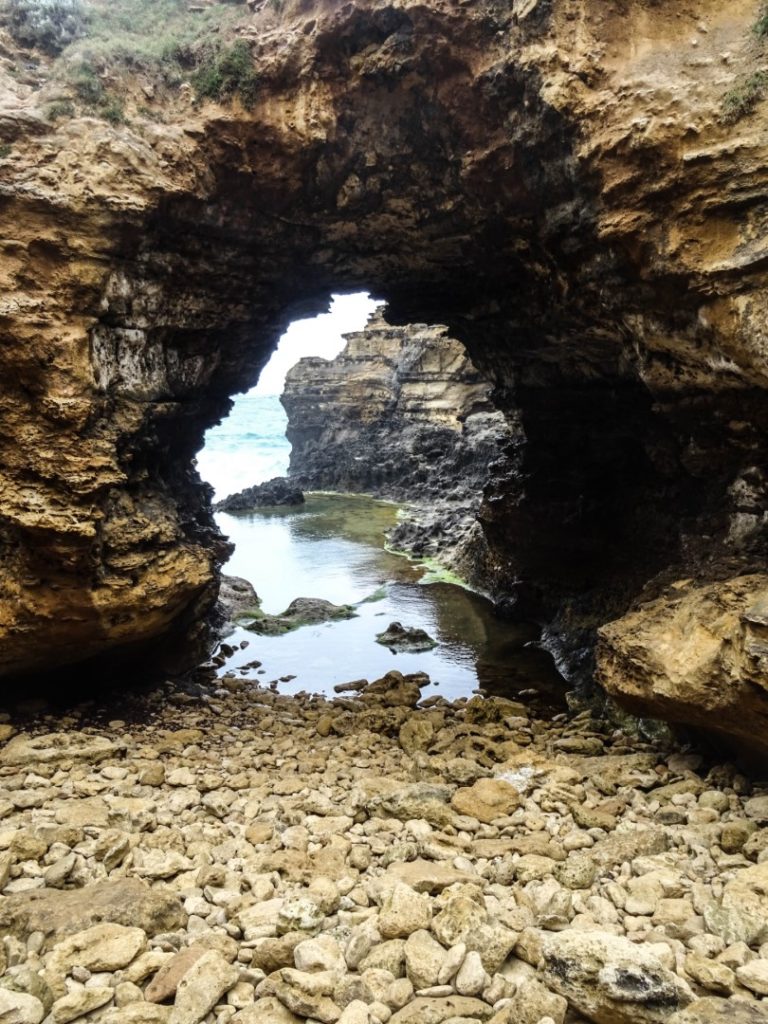
Loch Ard Gorge and Thunder Cave
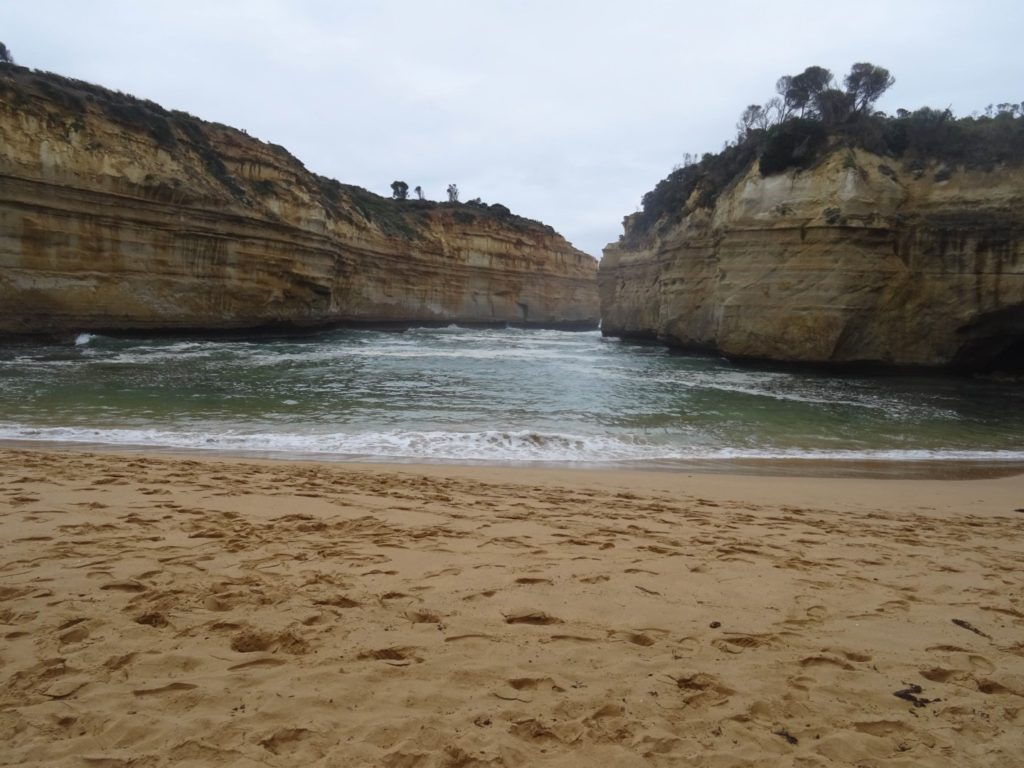
Loch Ard Gorge is situated on the section of the Great Ocean Road known as Shipwreck Coast. The clipper with the same name was shipwrecked close to nearby Muttonbird Island in 1878, and all but two of the 54 passengers perished in the rough waters.
To see just how powerful the water can be, you can walk to Thunder Cave, where the seawater rushes in through a gorge, crashes into the back of a cave eked out through thousands of years of erosion, and slaps back into the next wave as it rushes into the cave, causing a thunderous roar to sound. There would be no surviving it if you found yourself in the water with the strong waves pushing you towards Thunder Cave.
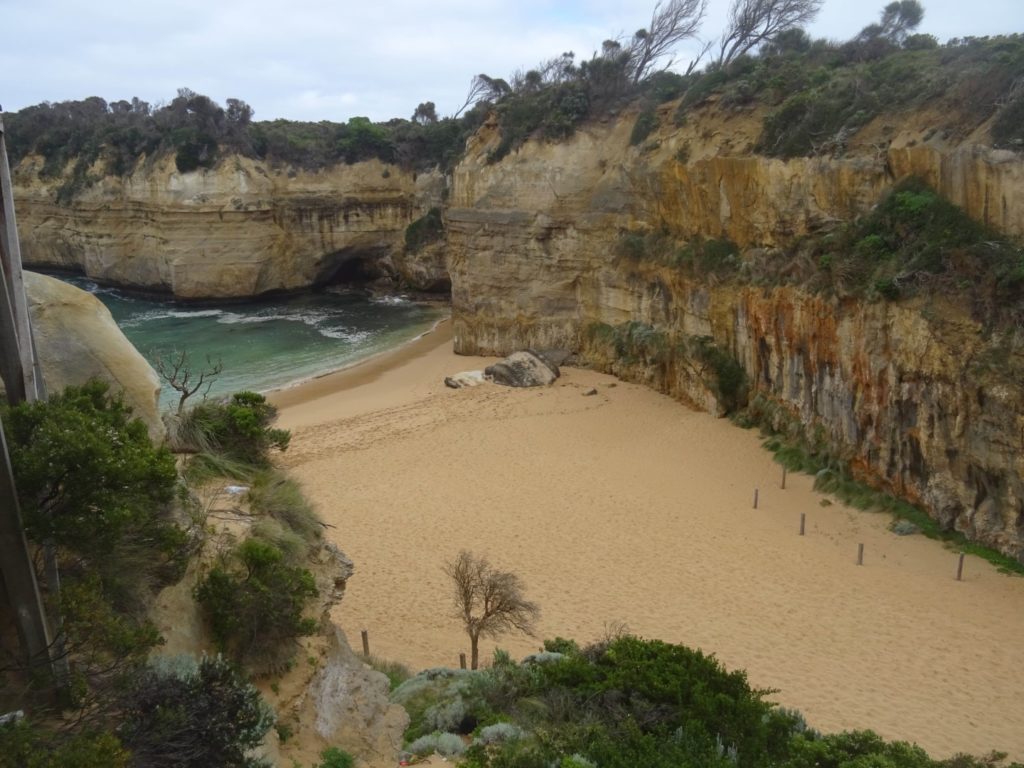
Loch Ard Gorge itself is far calmer – the roaring waves of the ocean give way to a gentle sandy beach, where it is usually safe to take the stairs down to the water’s edge. If you’re lucky and manage to time your visit in between the waves of tourist groups who visit here, you can have the entire beach all to yourself!
London Bridge
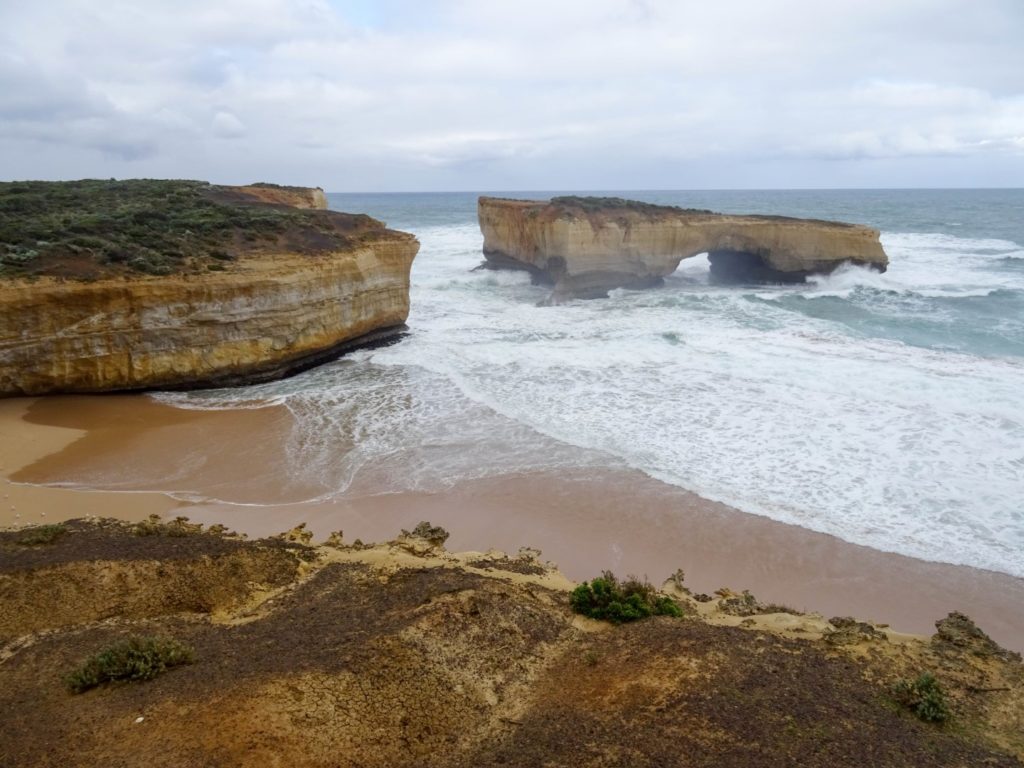
London Bridge really has fallen down … along the Great Ocean Road at least. The land mass once stretched into the ocean, with two arches in the middle to give it the effect of a bridge. But like any environment with fast blowing wind and moving water, one of the arches eroded and widened until the earth above it collapsed into the sea.
The Twelve Apostles
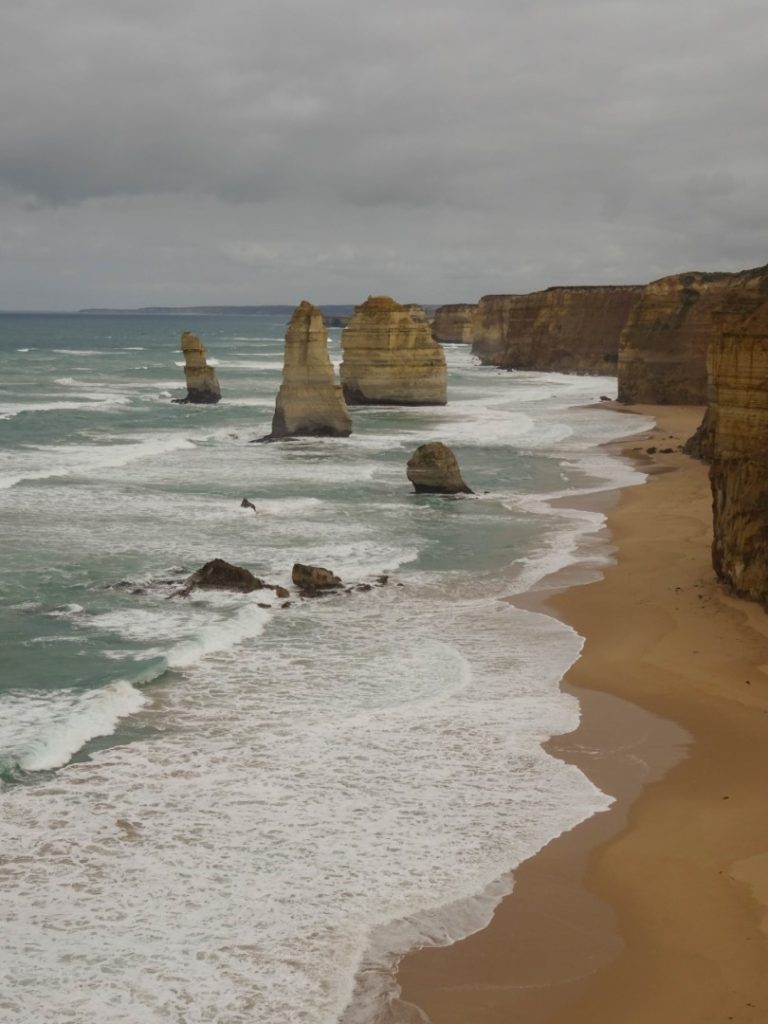
The most iconic of the sights along The Great Ocean Road, it is a stunning sight to see the eight remaining limestone stacks poking up out of the surf. Ignore the throng of people swarming to take the perfect photo, find yourself a quiet place along the fence line, and take a moment to observe the waves, feel the breeze and ponder at which might be the next Apostle to succumb to the will of nature.
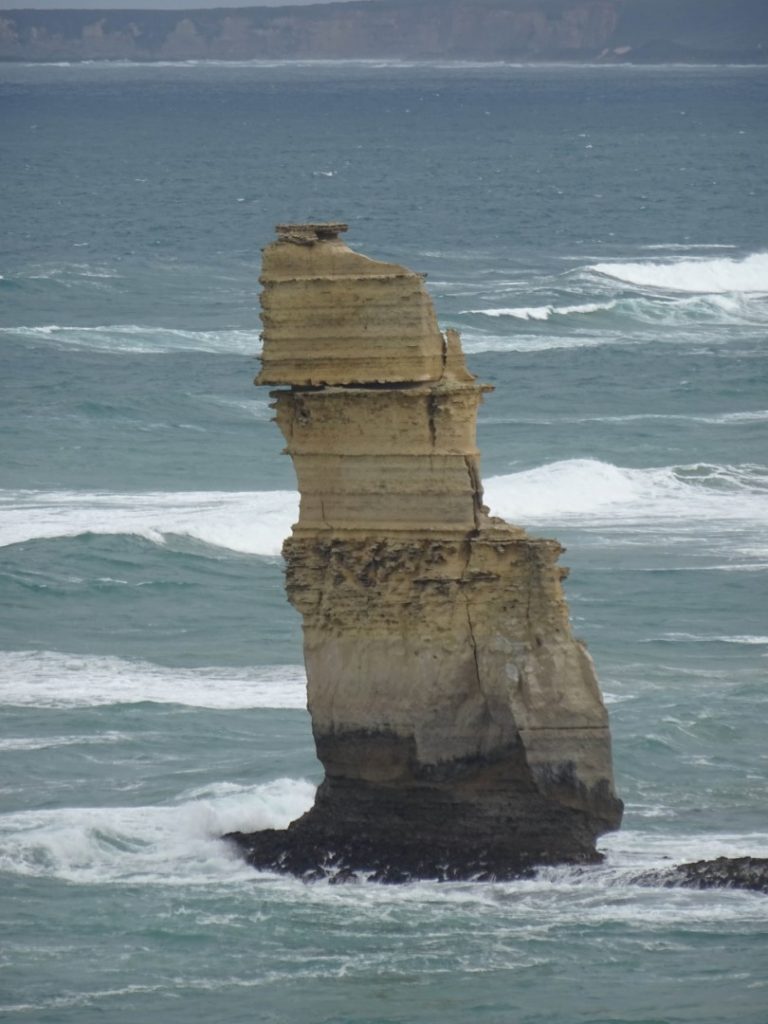
Note: Unlike the other sights along the Great Ocean Road, and the carpark for the Twelve Apostles is on the other side of the highway, where you can also find a visitor’s centre. A pedestrian tunnel has been constructed underneath the highway to allow you to get safely from the carpark to the viewing point.
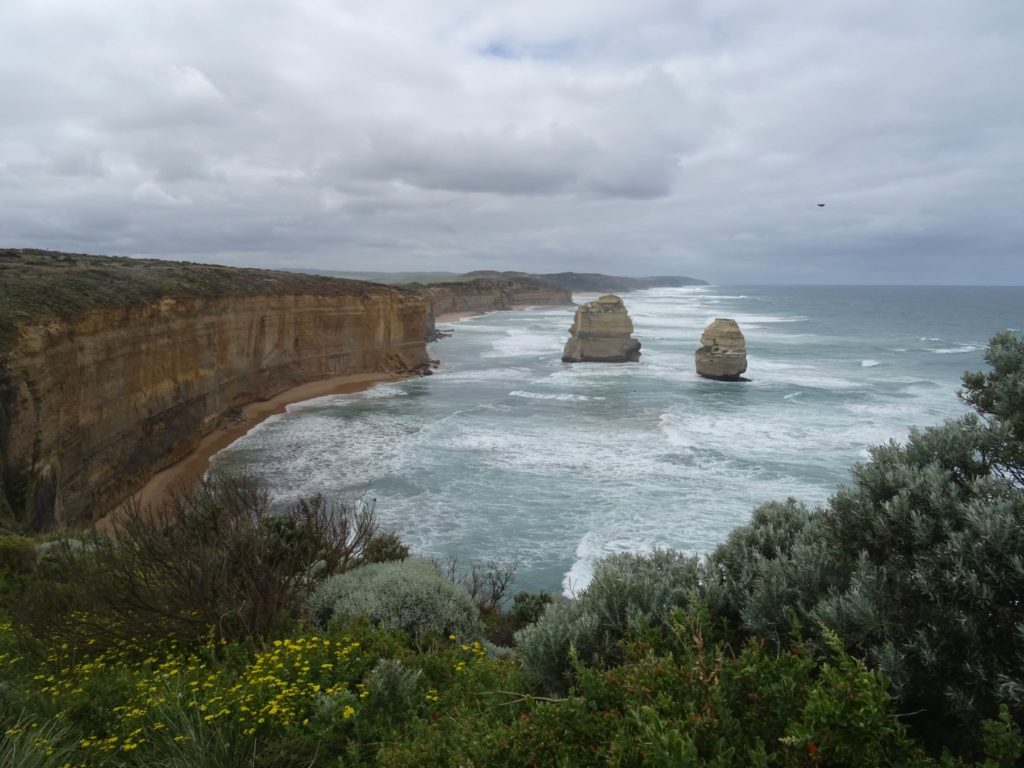
Have you driven the Great Ocean Road? Which sights were your favourites?
